Navigating the world of heating, ventilation, and air conditioning can sometimes feel like learning a new language! This HVAC glossary is designed to help homeowners understand the key terminology and common acronyms with clear definitions. If you have questions about your system, understanding these terms can help you communicate more effectively with technicians and make informed decisions.
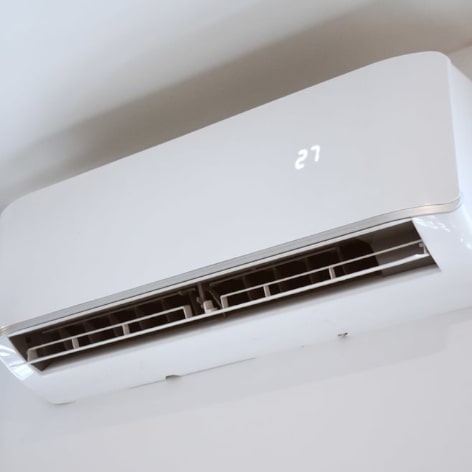 A
A
- AFUE (Annual Fuel Utilization Efficiency): A percentage rating indicating how efficiently a furnace converts fuel (like gas or oil) into heating energy over a full season. Higher AFUE means greater efficiency and lower fuel consumption.
- Air Conditioner (AC): A system designed to cool and dehumidify indoor air, typically by using a refrigerant cycle to remove heat and moisture.
- Air Handler: The indoor component of an HVAC system (often part of a furnace or heat pump setup) that contains the blower fan, heating and/or cooling coils, and filter rack. It’s responsible for circulating conditioned air through the ductwork.
B
- BTU (British Thermal Unit): The standard unit of measurement for heat energy. In HVAC, it measures the heating or cooling capacity of a system. One BTU is the amount of heat required to raise one pound of water by one degree Fahrenheit.
C
- CFM (Cubic Feet per Minute): A measurement of airflow volume. HVAC systems are designed for specific CFM ratings to ensure proper air circulation and efficiency.
- Compressor: A key component, usually in the outdoor unit of an AC or heat pump, that pressurizes the refrigerant gas, increasing its temperature and enabling the heat transfer process.
- Condenser Coil: Coils located in the outdoor unit of an AC or heat pump where hot, high-pressure refrigerant gas releases heat to the outside air and condenses back into a high-pressure liquid.
 D
D
- Ductless Mini-Split System: An air conditioning or heat pump system that doesn’t require traditional ductwork. It consists of one or more indoor air handling units mounted on walls or ceilings, connected to a single outdoor compressor/condenser unit via refrigerant lines. Ideal for additions, specific zones, or homes without existing ducts.
- Ductwork: The network of tubes or channels (typically metal or flexible material) that distributes heated or cooled air from the HVAC system throughout a building.
E
- ENERGY STAR®: A program backed by the U.S. EPA and Natural Resources Canada that identifies and promotes energy-efficient products, including furnaces, air conditioners, and heat pumps that meet strict efficiency standards.
- Evaporator Coil: Coils located in the indoor air handler where cold, low-pressure liquid refrigerant absorbs heat from the indoor air passing over it. This cools the air and causes the refrigerant to evaporate into a gas.
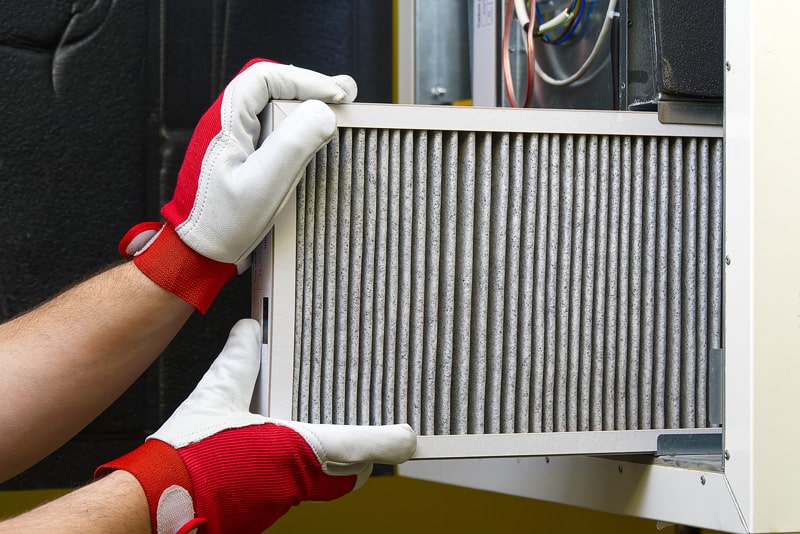 F
F
- Filter: A removable screen or pleated media placed in the HVAC system (usually in the air handler or return duct) to capture dust, pollen, pet dander, and other airborne particles, protecting the equipment and improving indoor air quality.
- Furnace: A central heating appliance that heats air by burning fuel (natural gas, propane, oil) or using electric resistance heat. The heated air is then distributed via ductwork.
G
- Geothermal Heat Pump: A highly efficient type of heat pump that uses the stable temperature of the earth (ground-source) or a nearby body of water (water-source) as the medium for heat exchange, rather than the outside air.
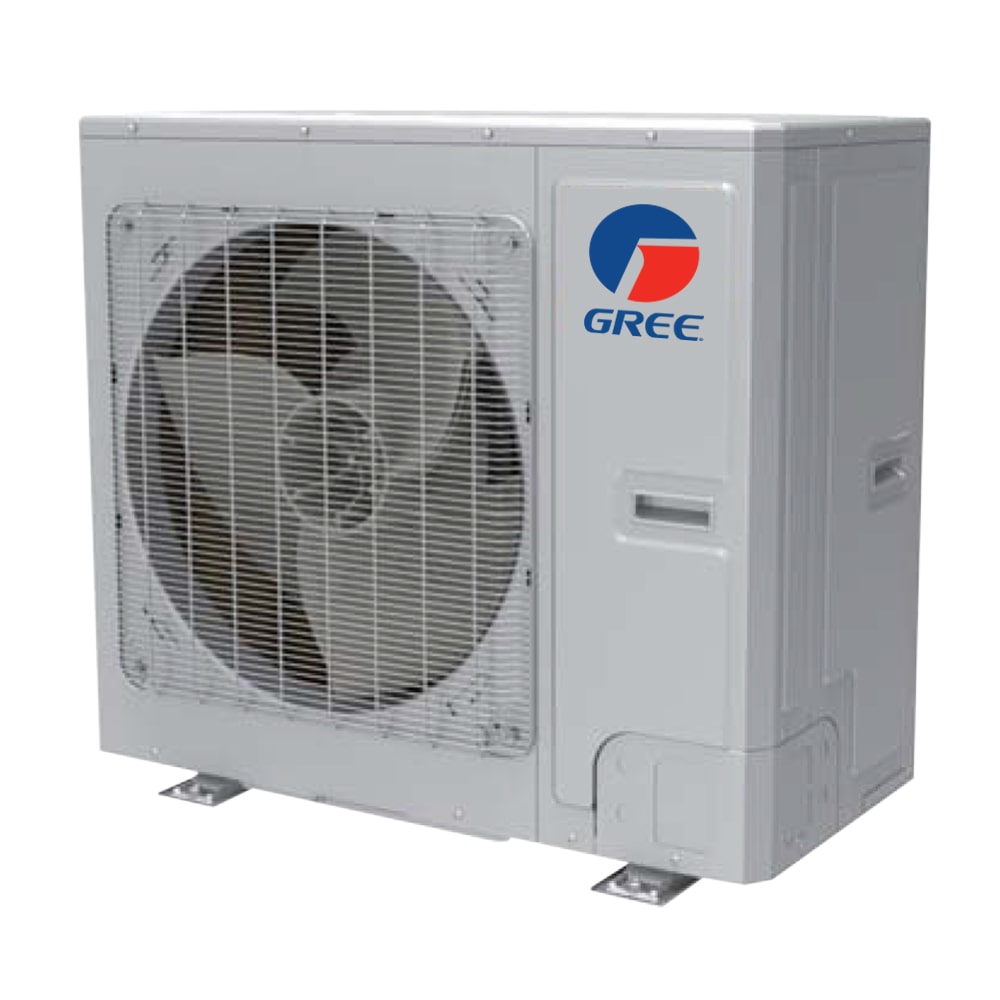 H
H
- Heat Exchanger: A component within a furnace where the heat generated by burning fuel is transferred to the circulating air, without allowing the combustion gases to mix with the home’s air supply.
- Heat Pump: A versatile HVAC system capable of providing both heating and cooling. It works like an air conditioner in summer (moving heat out) and reverses the process in winter to move heat from the outside air (or ground/water) into the home.
- HSPF (Heating Seasonal Performance Factor): A measure rating a heat pump’s heating efficiency over an entire average heating season. A higher HSPF indicates greater efficiency.
- HVAC: The common acronym for Heating, Ventilation, and Air Conditioning – the systems and technology responsible for controlling indoor temperature, humidity, and air quality.
I
- IAQ (Indoor Air Quality): Refers to the health and comfort aspects of the air inside buildings, including levels of pollutants, allergens, humidity, and temperature.
- Inverter Technology: Allows HVAC components like compressors and fans to adjust their operating speed continuously rather than just being fully on or off. This provides more precise temperature control, higher efficiency, and quieter operation.
L
- Load Calculation (Manual J): A detailed engineering analysis used to determine the specific heating and cooling requirements (load) of a building, considering factors like size, insulation, window types, climate, and orientation. Essential for correctly sizing HVAC equipment.
M
- MERV (Minimum Efficiency Reporting Value): A standard rating (typically 1-16) that measures how effectively an air filter captures airborne particles of different sizes. A higher MERV rating indicates finer filtration (captures smaller particles).
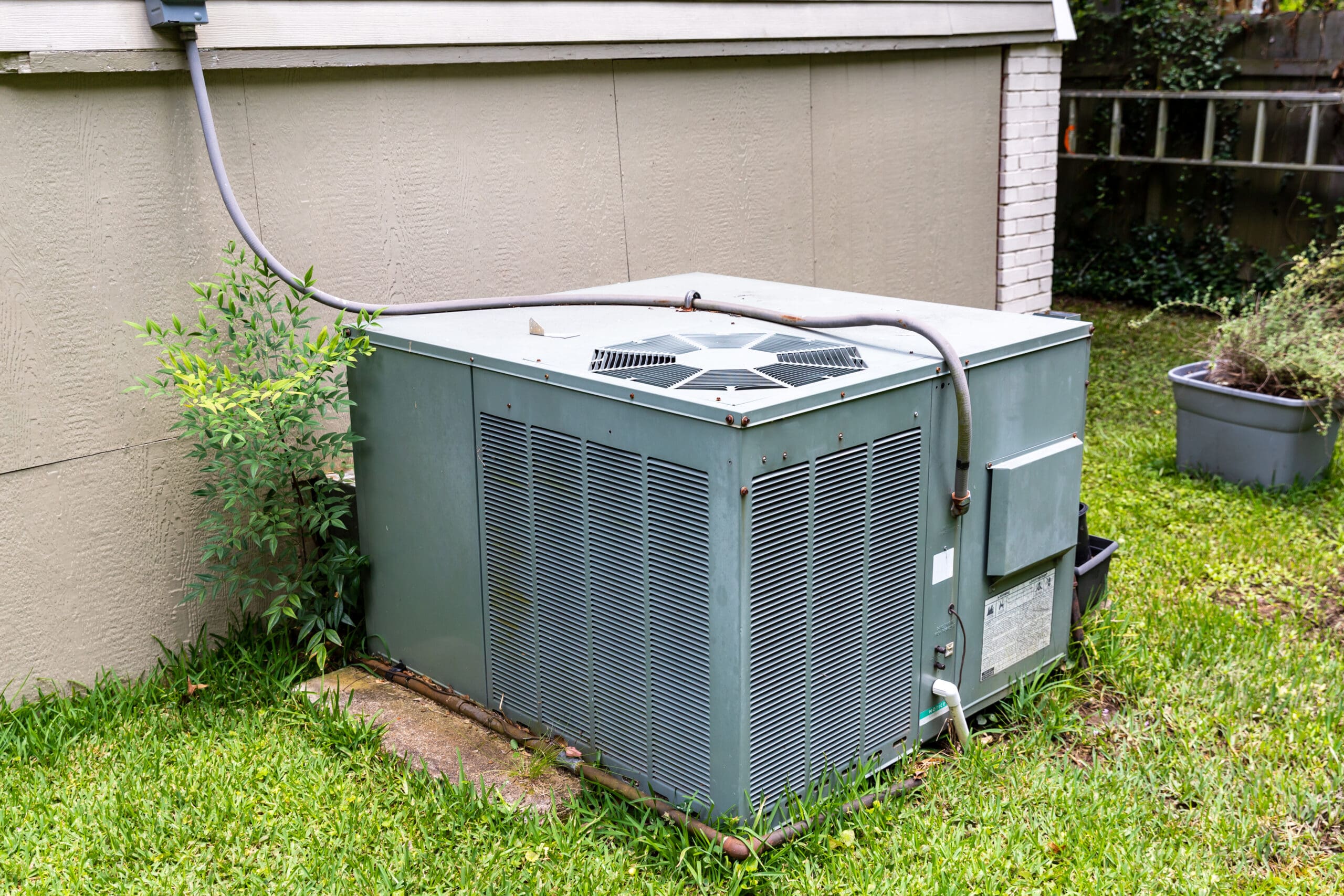 P
P
- Package Unit: An HVAC system where all major components (heating, cooling, fans) are housed within a single cabinet, usually located outdoors (often on a roof or beside a building).
R
- Refrigerant: A specialized fluid used in air conditioners and heat pumps that undergoes phase changes (liquid to gas and back) to absorb heat from one area and release it in another.
S
- SEER (Seasonal Energy Efficiency Ratio): A measure rating the cooling efficiency of an air conditioner or heat pump over an entire average cooling season. A higher SEER rating indicates greater energy efficiency.
- Split System: The most common type of residential central HVAC system, where components are “split” between an indoor unit (furnace or air handler with evaporator coil) and an outdoor unit (containing the compressor and condenser coil).
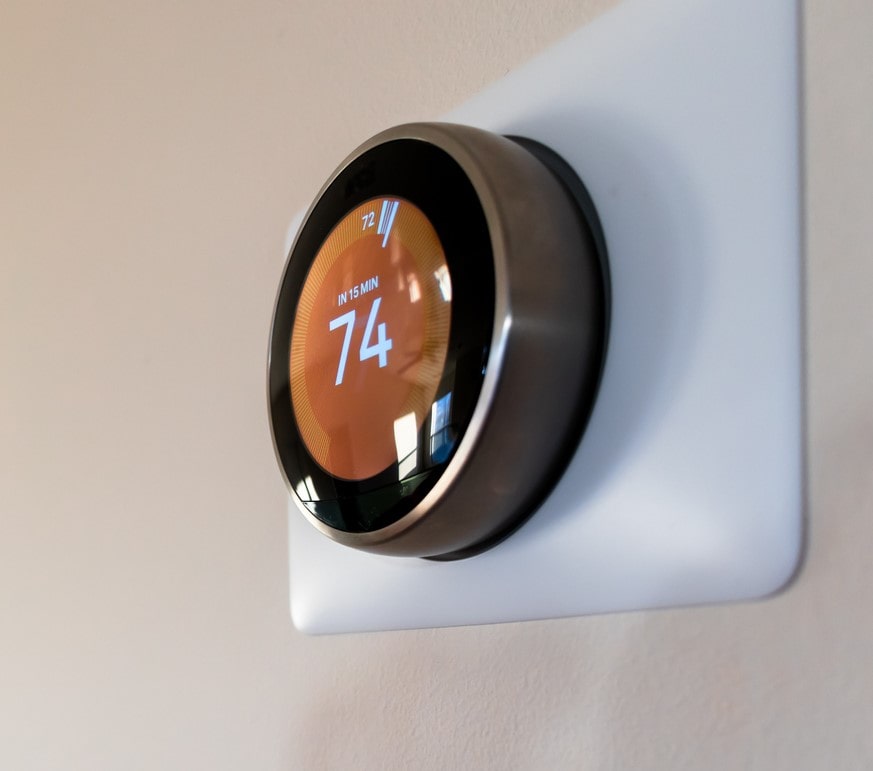 T
T
- Thermostat: The device used to monitor and control the temperature inside a home by signaling the HVAC system to turn on or off based on user settings.
- Two-Stage Heating/Cooling: Systems with components (usually the compressor or gas valve/burner) that can operate at two distinct levels – a lower capacity for mild conditions and a higher capacity for peak demand. Offers better efficiency and comfort than single-stage systems.
V
- Variable Speed: Refers to HVAC components (typically blower motors or compressors) that can precisely adjust their speed across a wide range, providing optimal airflow, maximum efficiency, superior humidity control, and very quiet operation.
- Ventilation: The intentional process of exchanging indoor air with fresh outdoor air to improve indoor air quality, control humidity, and remove pollutants.
Z
- Zoning: An HVAC system design that divides a home into multiple areas (zones), each controlled by its own thermostat. Dampers within the ductwork open or close to direct heating or cooling only to the zones that need it, improving comfort and efficiency.
Understanding this HVAC terminology can help you make more informed decisions about your home’s system.
If you have further questions or require expert HVAC services in the Peterborough, Lindsay, or Lakefield areas, please don’t hesitate to contact the knowledgeable team at Kawartha Eco Climate Control!







